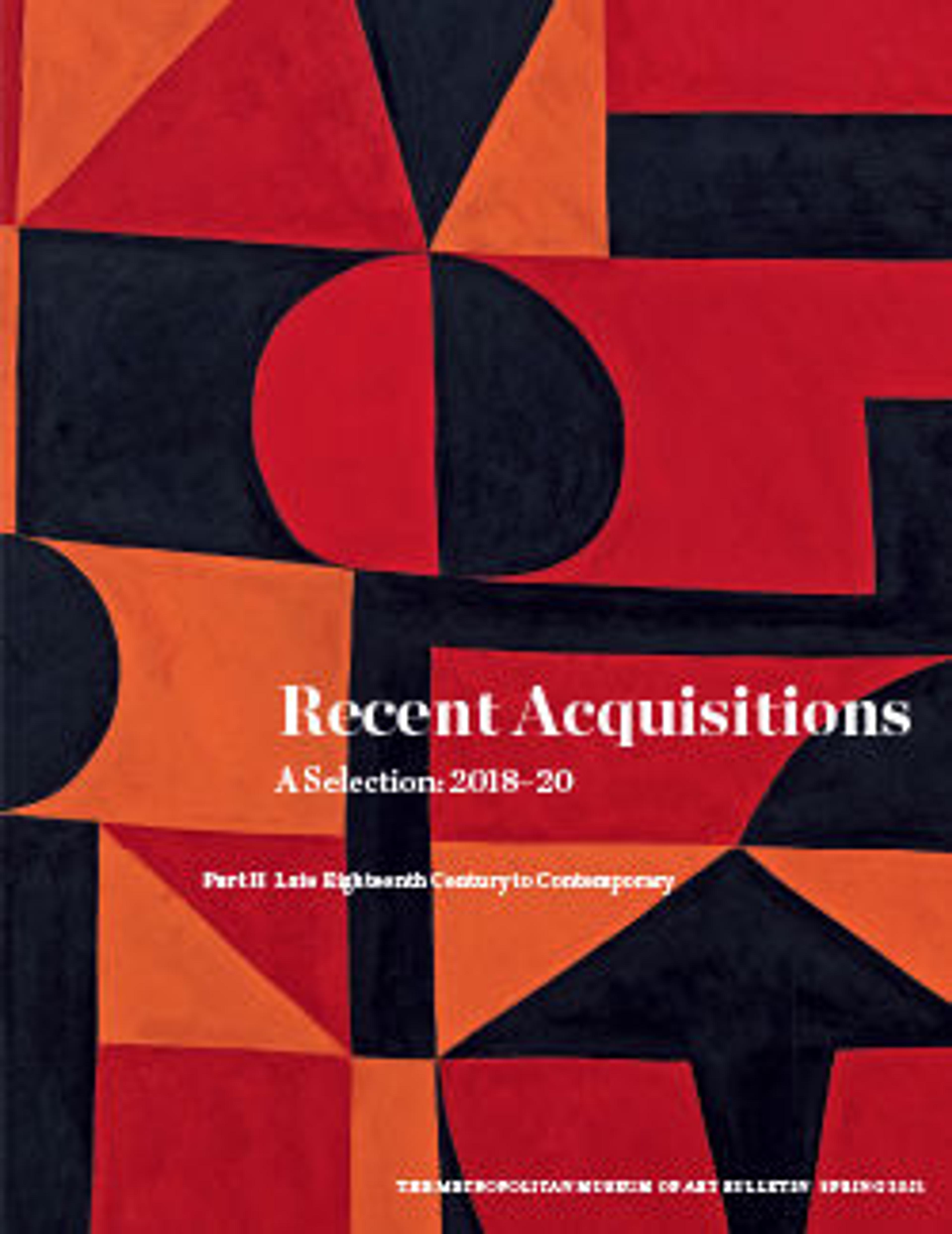Pair of Flintlock Pistols Made for Grand Duke Constantine Pavlovich of Russia (1779–1831)
These pistols form part of a series of specially designed deluxe firearms made by the Tula Arms Factory for presentation to Emperor (Tsar) Alexander I and his three brothers on the occasion for Alexander’s coronation in 1801. Each of the four siblings received a garniture, or set, of five elaborately embellished hunting arms comprising a smoothbore fowling piece, rifled carbine, blunderbuss, and pair of pistols. These firearms are unique among Tula arms with regard to their neoclassical design, technical sophistication, and complex and distinctive embellishment. With this gift the Tula factory not only paid homage to its imperial patrons, but also showcased the technical expertise and virtuoso craftsmanship for which it was famous. The coat-of-arms of the Tula factory is prominently displayed on each weapon.
Made for Grand Duke Constantine, these pistols epitomize the most refined expression of Russian neoclassical arms. The decoration, though abundant, is nevertheless considerably more restrained than that of earlier rococo examples. The blued or highly polished steel surfaces, highlighted with delicate gilt and silver-inlaid ornament, are also characteristic of Tula metalwork. The silver ornament in the stock is essentially reduced to framework around the mounts, with the exception of the bold display of trophies and imperial crown surrounding the gold monogram of the owner. The pierced and chiseled treatment of the trigger and trigger guard, very rarely found on Tula firearms, is nevertheless an unmistakable feature of furniture and decorative art objects produced in Tula.
Made for Grand Duke Constantine, these pistols epitomize the most refined expression of Russian neoclassical arms. The decoration, though abundant, is nevertheless considerably more restrained than that of earlier rococo examples. The blued or highly polished steel surfaces, highlighted with delicate gilt and silver-inlaid ornament, are also characteristic of Tula metalwork. The silver ornament in the stock is essentially reduced to framework around the mounts, with the exception of the bold display of trophies and imperial crown surrounding the gold monogram of the owner. The pierced and chiseled treatment of the trigger and trigger guard, very rarely found on Tula firearms, is nevertheless an unmistakable feature of furniture and decorative art objects produced in Tula.
Artwork Details
- Title:Pair of Flintlock Pistols Made for Grand Duke Constantine Pavlovich of Russia (1779–1831)
- Manufacturer:Tula Arms Factory (Russian, Tula, 1712–Present)
- Date:ca. 1801
- Geography:Tula
- Culture:Russian, Tula
- Medium:Steel, silver, gold, wood
- Dimensions:L. of each pistol 15 ¼ in. (38.8 cm); L. of each barrel 9 3/16 in. (23.3 cm); Cal. .59 in. (15 mm); Wt. of pistol (a) 1 lb. 13 oz. (821 g); Wt. of pistol (b) 1 lb. 14 oz. (845 g)
- Classification:Firearms-Pistols-Flintlock
- Credit Line:Purchase, 2017 Benefit Fund, Arthur Ochs Sulzberger, and several members of The Chairman's Council Gifts, 2018
- Object Number:2018.755.1, .2
- Curatorial Department: Arms and Armor
More Artwork
Research Resources
The Met provides unparalleled resources for research and welcomes an international community of students and scholars. The Met's Open Access API is where creators and researchers can connect to the The Met collection. Open Access data and public domain images are available for unrestricted commercial and noncommercial use without permission or fee.
To request images under copyright and other restrictions, please use this Image Request form.
Feedback
We continue to research and examine historical and cultural context for objects in The Met collection. If you have comments or questions about this object record, please contact us using the form below. The Museum looks forward to receiving your comments.
